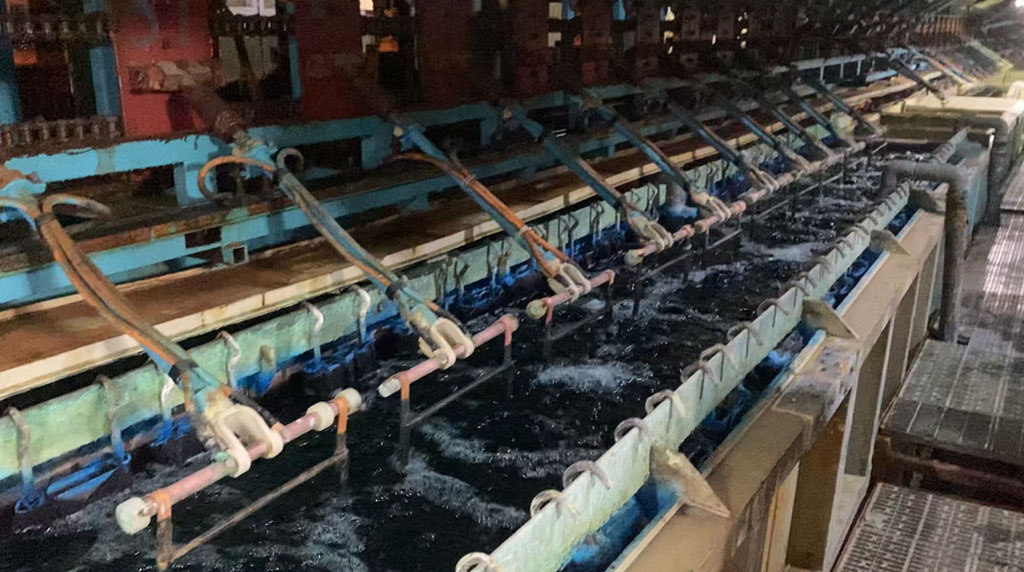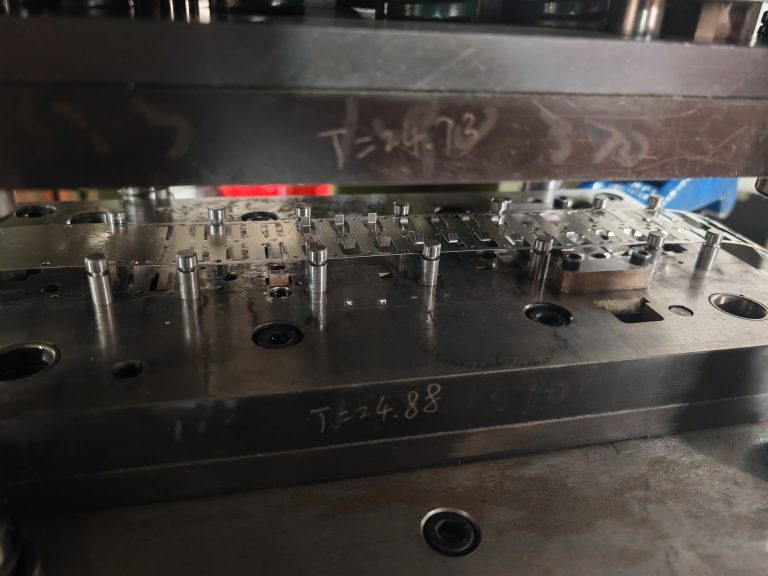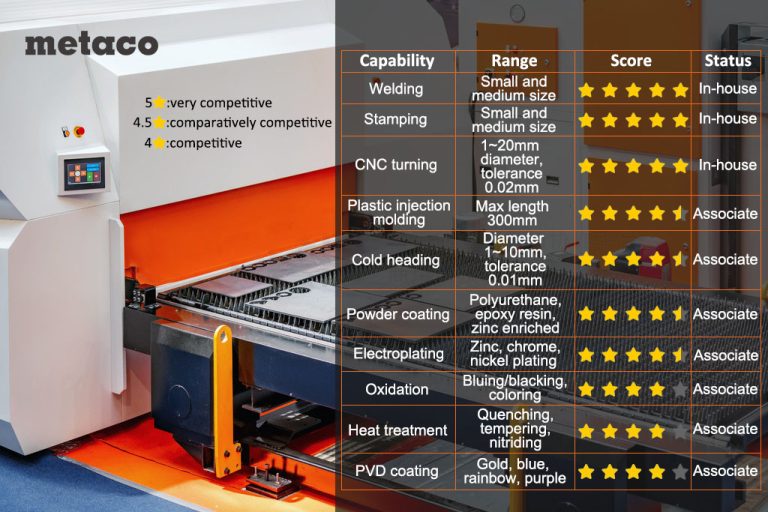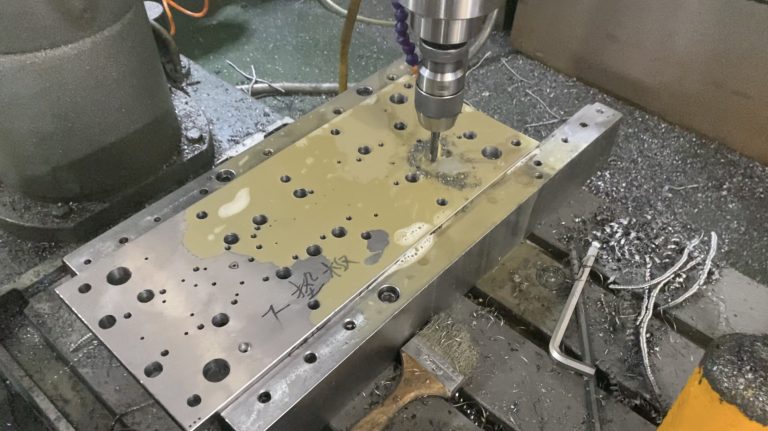Key Finishing Techniques in OEM Metal Stamping
Finishing refer to the processes applied to the stamped metal parts after they have been formed but before they are assembled into final products. In OEM metal stamping, finishing techniques play a crucial role in enhancing the quality and performance of the final product. This article focuses on several common post-processing techniques used in metal stamping and their practical impact on the product.
Table of Contents
1. Powder Coating:
Compared to traditional paint, powder coating is more durable and less prone to damage.
2. Electroplating:
Electroplating involves an electrolytic process where a layer of metal (such as chrome or nickel) is applied to the surface of the stamped part.

3. Anodizing:
Anodizing is primarily used for aluminum parts. It creates an oxide layer on the metal surface through an electrolytic process. This process can also add color to the surface of aluminum, making it more versatile in appearance, commonly used in consumer electronics.
4. Polishing and Brushing:
These are two common methods for improving the smoothness and appearance of metal surfaces. Brushing is used for industrial products, providing a fine texture, while polishing is used to achieve a high-gloss, mirror-like finish.
5. Laser Marking:
Laser marking is ideal for parts that require marking, numbering, or intricate designs. It can be used to create customized designs or functional markings based on customer requirements.








